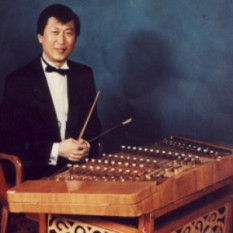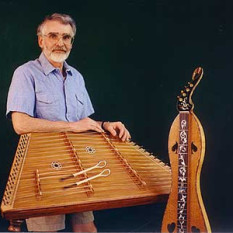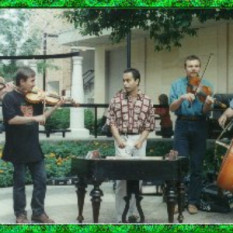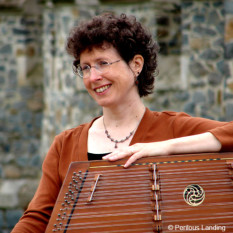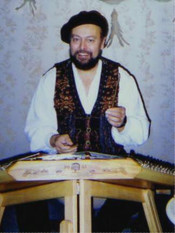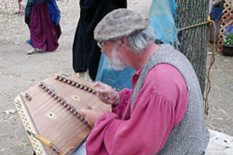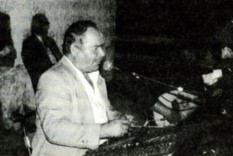The hammered dulcimer is a stringed musical instrument with the strings stretched over a trapezoidal sounding board. Typically, the hammered dulcimer is set on a stand, at an angle, before the musician, who holds small mallet hammers in each hand to strike the strings (cf. Appalachian dulcimer). The Graeco-Roman dulcimer (sweet song) derives from the Latin dulcis (sweet) and the Greek melos (song). The dulcimer, in which the strings are beaten with small hammers, originated from the psaltery, in which the strings are plucked.
Various types of hammered dulcimers are traditionally played in India, Iran, Southwest Asia, China, and parts of Southeast Asia, Central Europe (Hungary, Romania, Slovakia, Poland, Czech Republic, Switzerland (particularly Appenzell), Austria and Bavaria), the Balkans, Eastern Europe (Ukraine and Belarus) and Scandinavia. The instrument is also played in Great Britain (Wales, East Anglia, Northumbria) and the U.S., where its traditional use in folk music saw a notable revival in the late 20th Century .


